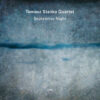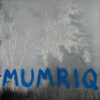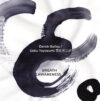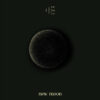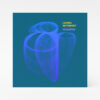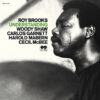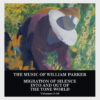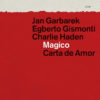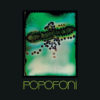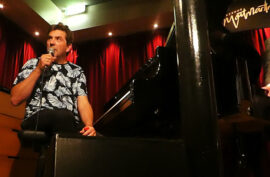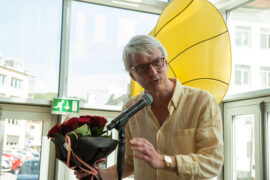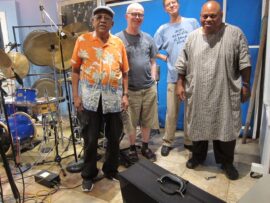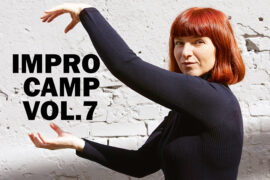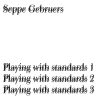
Belgian iconoclast pianist Seppe Gebruers plays jazz standards but also plays with the familiar ways of playing those popular songs, imprinted so deeply on our collective (un)consciousness. He plays on vintage two pianos, both pianos tuned a quartertone apart, and both pianos were built way before standards were played, one a Rönisch from 1900 and the second a Schiedmayer from 1868. No wonder he borrows French philosopher Michel de Montaigne saying; «When I play with my cat, how do I know that she is not playing with me rather than I with her?»
Therefore, Playing with Standards 1, 2 & 3 is not only a bold musical statement about the possible ways to interpret jazz standards. It is also a philosophical statement about the way we listen to music and process it, attach ourselves to loved melodies and dear emotions, and how we can re-familiarize ourselves anew with these beautiful melodies. Maybe, adopt a more liberating approach of unattachment, almost with a Buddhist spiritual approach, that may allow us to open our ears, minds and souls to more nuanced angles and sharpen our sensitivity, hopefully, not only about music.
The listening experience to this Playing with Standards 1, 2 & 3 is disorienting. It takes time to abandon our listening habits fit for the equal temperament, customized since J.S. Bach’s Das wohltemporierte Klavier (The Well-Tempered Clavier), and adapt to Gebruers’ way of playing two pianos tuned to quartertones. At first, the familiar jazz standards sound out of tune, floating in unchartered, elusive ways. But, slowly, Gebruers’ methodical approach uncovers hidden details and surprising beautiful elements of the naked melodies. He deconstructs and reconstructs the jazz standards as archetypal figures which spring up in memories or dreams, sometimes blurry, sometimes clear and shocking. And he tempts the listeners to lose their listening comfort zones in his foggy sonic shapes, where the identity of the original standards loses significance, and with it, the author – the composer and the performer – does too. He insists on playing, again and again, the same standard but transforming it on and on, highlighting aspects of change, unpredictability, uncertainty and fluctuation, forcing the listener to take a more active, even subversive part in the listening experience.
In this challenging project, Gebruers rebels against the common one-directional interaction of music, or of art at all, in which the composer composes a composition, the improviser improvises an improvisation, and the performer performs a performance. He wants to express an exciting multi-directionality approach to art, interacting with an audience, with art history, with instruments and matter, one’s surroundings, other artists, and oneself. When he plays the pianos, the pianos also play with him. He is guided by the resonance of the strings, and by adding quartertones he discovers a whole world of harmonic possibilities. Tonality is brought to the fore and Gebruers can question the tradition of jazz standards he so loves.
Like John Cage before him, Gebruers wants to share the responsibility of interpreting and re-composing the standards with the listeners. «When we listen to music, we also compose: selecting the sounds based on the capacity of the ear, their familiarity and our receptibility, and shaping them into wholes, we are actively involved in the creative process… this process of listening and creating is an unending cycle, perpetually in motion…», he and Hannah Lingier (from the University of Antwerp’s philosophy department) write in the liner notes. «Author and work lose their individuality. The whole exceeds the subject. When playing, there is only interaction, no cat nor I». But there are more conscious listeners and more active human beings, and hopefully, not only about art.
Eyal Hareuveni
Seppe Gebruers (two pianos tuned a quartertone apart, a Rönisch from 1900 and a Schiedmayer from 1868)


